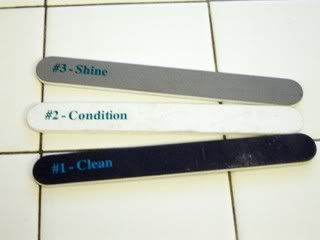While putting in some sax pads with a hot glue gun(worked well), I decided to attemt to fix my Clarinet MPC which has had a chip since I got it. I filled the chip with hot glue, chilled it in some ice water then shaped it with the sides of the still hot hot glue gun nozzle. Worked perfect, and may have quieted some odd harmonics and difficulty in achieving proper emouchure. And, it can always be reversed and more permanently repaired, but this repair required no major sanding which could have damaged the facing.










